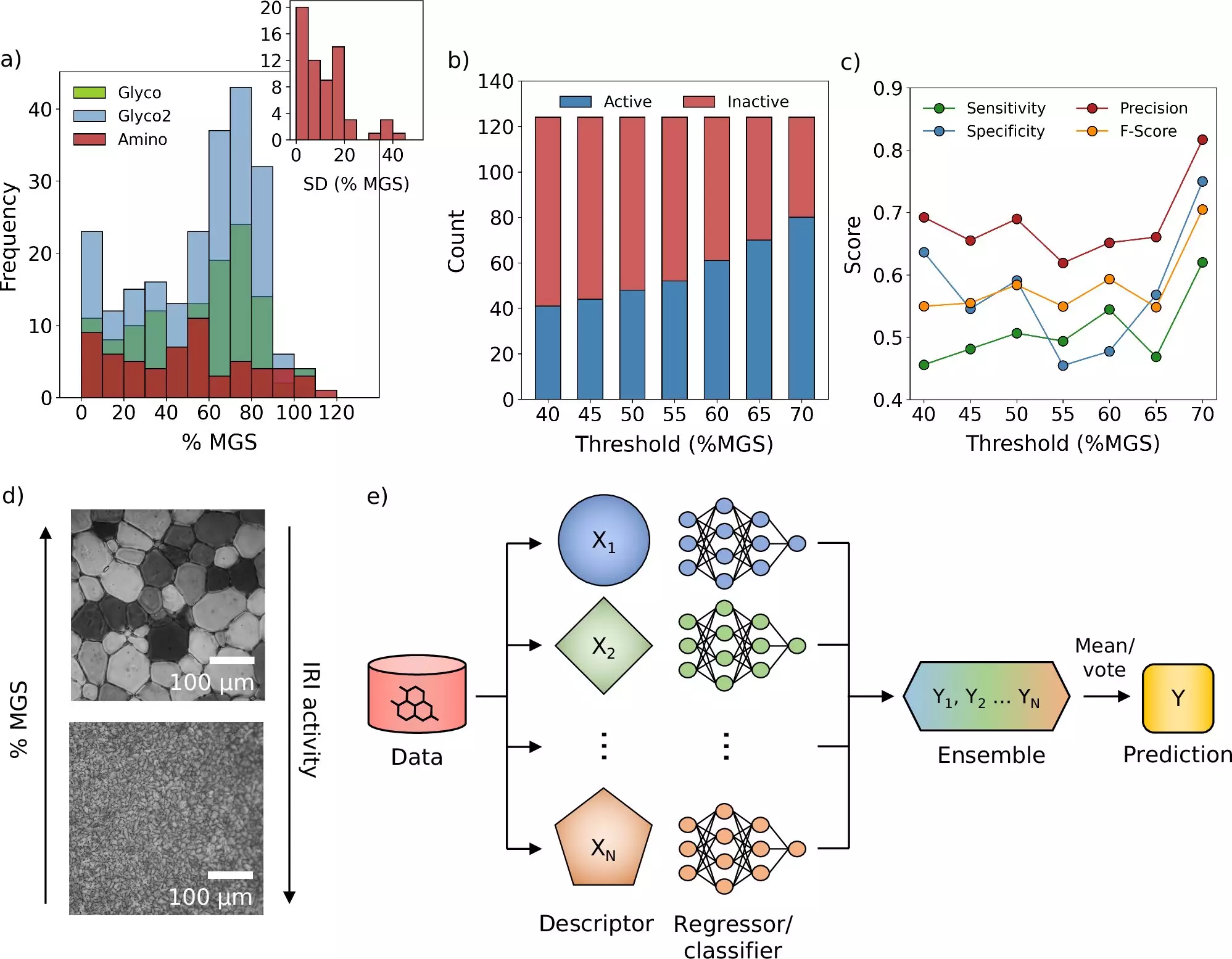In a remarkable stride for medical science, researchers from the University of Warwick and the University of Manchester have unveiled a groundbreaking computational framework that promises to enhance the freezing processes of medicines and vaccines. This pivotal research holds significance not only for vaccines but also for fertility treatments, blood supplies, and innovative cancer therapies. For decades, the cryopreservation of biomedical materials has relied on rapid freezing methods to preserve the efficacy of treatments, and this new framework represents a game-changing advance in methodology.
The dilemma of preserving biological materials is pressing; the ineffectiveness of therapies without immediate deployment can severely constrain medical procedures. The key to this preservation lies in a group of molecules referred to as cryoprotectants, which act as shields during freezing. Without such interventions, the viability of these life-saving treatments can be diminished. The recent study, published in Nature Communications, serves as an important beacon for future research, offering the possibility of swiftly screening and evaluating hundreds of new compounds virtually.
At the core of this research is a smart integration of advanced machine learning with molecular simulations and empirical data, an approach led by Prof. Gabriele Sosso at the University of Warwick. While machine learning has the reputation of being a miraculous solution across various fields, Sosso emphasizes its role as a supplementary tool that enhances traditional methodologies rather than replacing them. The convergence of technology and science in this research marks an unprecedented shift toward a more agile way of discovering effective cryoprotectants.
By harnessing machine learning’s data-driven advantages, researchers are now capable of identifying promising molecules much faster than conventional methods would allow. Profound insights have emerged from this multifaceted approach, underscoring that a collaborative effect between computational models and experimental work creates an ideal environment for innovation.
A major milestone in the study was the identification of a novel molecule that successfully inhibits the growth of ice crystals during the freezing and thawing process. This is a monumental achievement since existing cryoprotectants provide limited success in preventing ice formation – a significant issue in maintaining cell integrity and viability. With the new methodology, researchers can scrutinize extensive chemical libraries to pinpoint the most effective cryoprotectants.
Dr. Matt Warren’s enthusiasm for the project speaks volumes: “The integration of machine learning has fundamentally altered our approach to understanding cryoprotective activity.” The labor-intensive experiments of the past have been transformed into a streamlined process, enabling researchers to allocate their energy towards tackling more intricate scientific challenges that necessitate human creativity and thought.
One of the most significant applications of this finding is in the realm of blood storage. Through supplementary experiments, the research team demonstrated that the conventional quantity of cryoprotectants can be optimized by incorporating this recently discovered molecule into the mix. This improvement could potentially expedite the blood washing process post-freezing, allowing for more rapid transfusion procedures.
The implications of this development could be vast—streamlining blood storage protocols may not only enhance patient outcomes but also elevate the efficiency of medical institutions by minimizing the lead time required before blood transfusions are performed.
The collaboration between the teams at Warwick and Manchester has already yielded exciting results, but as Prof. Matthew Gibson points out, this is just the beginning. Having delved into a decade of researching ice-binding proteins from polar fish, Gibson’s work has been catalyzed by this partnership, revolutionizing previously slow methodologies into a robust framework for future studies.
This newfound ability to repurpose compounds known to inhibit ice crystal growth may lead to innovative therapies that were previously overlooked. As the field of cryopreservation advances through this research, the possibilities for future medical breakthroughs seem boundless — signaling a significant phase in the journey of ensuring that critical medical treatments can be stored safely and effectively for those in need.

